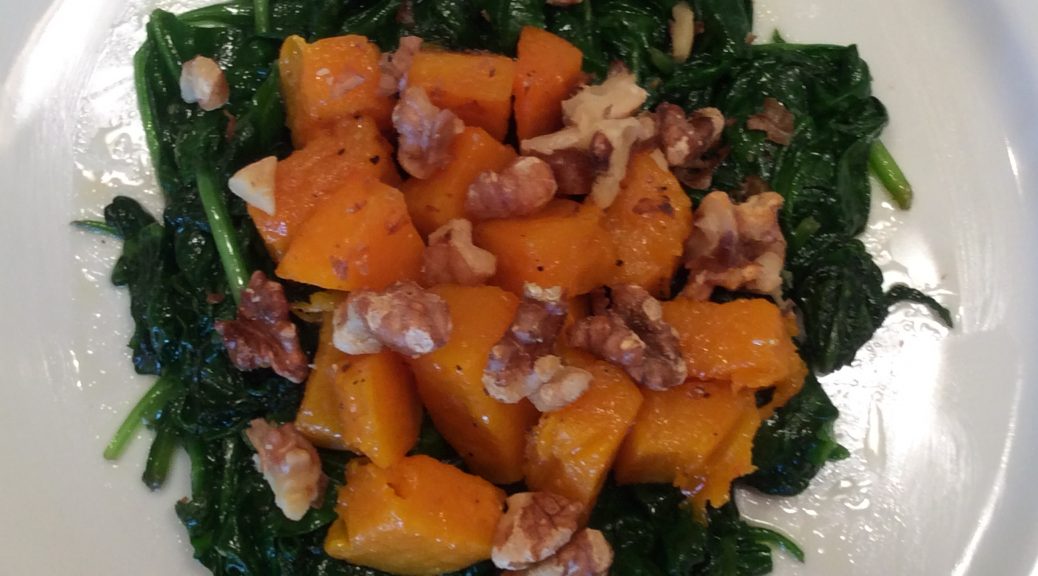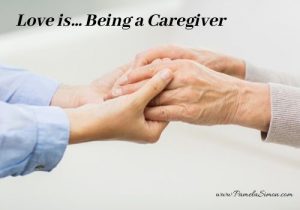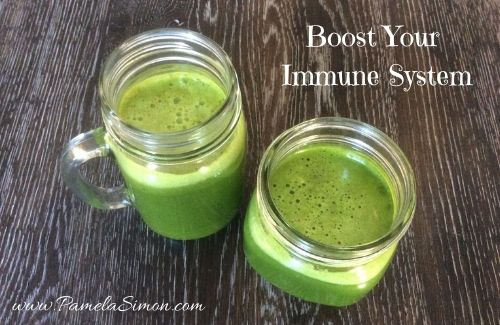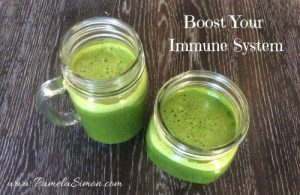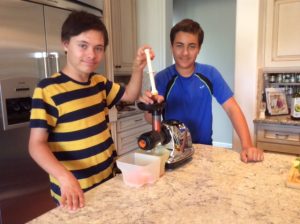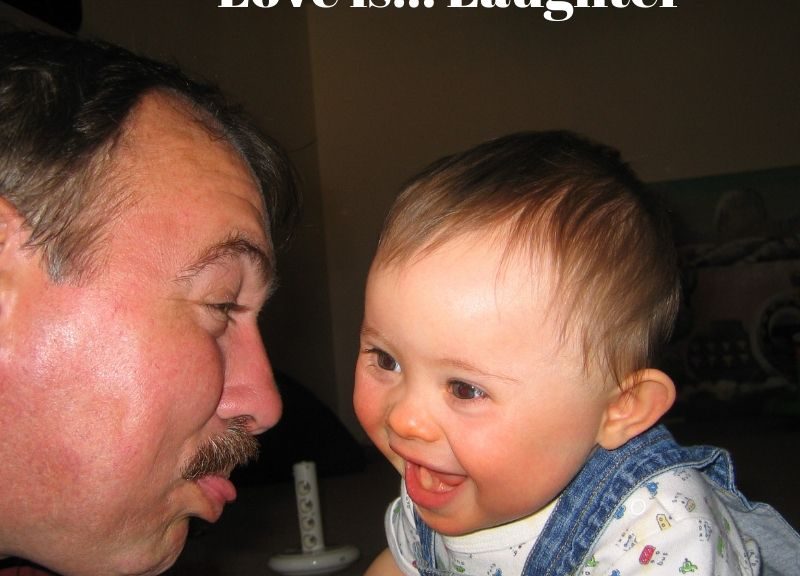
Yes, It Really Happened
Dear Friend,
You are not mistaken, today is Tuesday, not Wednesday, the day I normally send out the weekly newsletter. I am sending it today, October 15, 2019, because this is the anniversary of Larry’s death.
Since Larry passed away nine years ago, there have been subsequent deaths of loved ones and acquaintances. In offering my condolences I am often faced by the bereaved family member with some questions. The questions below are common and the same questions I had when Larry died.
“The pain is unbearable will it ever go away?”
“Will I ever stop crying?”
“Will there be any joy in my life?”
“Will I ever laugh again?”
Yet, the most common feeling I hear from each person is, “I can’t believe this happened.”
My response has been to offer comfort and reassurance that as you grieve and cry some of the pain goes with the grief and tears. Each person will follow their own path in grief, but you will find joy and you will laugh again one day. There is no timetable to follow, there is no specific path, we all have our own journey.
And, yes, when Larry died, I too felt at one point or another sucker punched in the gut and thought, “I can’t believe this happened.”
It is these conversations that keep me wanting to share my story, to help others know…
Yes, it really happened. But you are NOT alone.
So, even though I have shared this post in the past, to honor Larry on the anniversary of his death I will share it again. And I will continue to share it for years to come because no matter how many years pass…
I still can’t believe it really happened.
“God has mercifully ordered that the human brain works slowly; first the blow, hours afterwards the bruise.” ― Walter de la Mare
It was a Wednesday when I had to face the reality that my husband would not live much longer. The ventilator was breathing for him and it was only a matter of time, his doctors told me. I could not comprehend at that moment the full impact of Larry not being with me every day for the rest of my life.
I knew I wanted to savor every last second we had together and I pushed away as much as I could any thoughts of him dying. I talked to him, I caressed his arm, and I slept in a chair next to his bed with his hand in mine the whole night. I couldn’t let go, not yet, it was too soon. We have three young boys, we have so many plans for our future together. I sat in the chair, with the lights out, all I could think was; this can’t be happening, this can’t be happening.
Larry died two days later due to complications that arose from Acute Myeloid Leukemia. A day that is forever engraved on my soul, October 15, 2010, a Friday. A day when most people are celebrating the end of the work week and making plans for the weekend, I had to make plans for my husbands’ funeral. I stared out the window the whole way home from the hospital and all I could think was; this can’t be happening, this can’t be happening.
We flew to Chicago for the wake and funeral since the majority of family and friends were there. Chicago was our home before we moved to Arizona. Chicago is where Larry and I met, fell in love, and created a family. It only felt right I bring him home. But even as I drove through familiar streets, greeted family and friends over the course of a week, all I could think was; this can’t be happening, this can’t be happening.
The whole week felt as though the real me had been abducted and an imposter, one who could go through the motions and think about mundane things like “I wish I had time to color my hair before I left Arizona,” was sent in my place. Physically it was me in that body accepting well wishes and condolences, but emotionally I had shut down. I kept waiting for the moment where I would break down or faint at some point during the week, but I didn’t. I listened as people commented on how strong I was, how I had to be there for the kids. What is wrong with me, I thought more than once, why do I feel so numb?
I didn’t know then that my body had mercifully kept going while my mind went on autopilot.
After a week the kids and I flew back to Arizona. On the drive from the airport to our house I found myself staring out the car window once more, with the same thought, this can’t be happening, this can’t be happening.
The next morning, utterly exhausted, I had to go through the motions of getting my children ready for school. We all sat at the kitchen table that morning, speechless, picking at our food, and wishing we didn’t have to face the day ahead, none of us were ready to face reality, face a life without Larry. The boys didn’t want to go to school, but I told them they had to. I drove them to school, walked each one to their classroom and gave each one a hug and said “I love you,” before I turned and walked away, my heart breaking for my children.
Walking through the door once I got home I was not greeted by Larry, who worked from home and would usually be in the kitchen getting a cup of coffee. I did not see the smile on his face as I used to when he would turn and ask me, “Everyone get off ok?” Instead I was greeted by pain, fear and a deafening silence. Eleven days had passed since Larry died. Eleven days of being in the company of others, eleven days of keeping my mind busy with tasks, eleven days I was able to keep reality at bay. But no longer, today was the moment it hit me- Yes, it happened, Yes, Larry is gone. I am alone, completely and utterly all alone. God help me.
This new reality hit me like a tidal wave causing my knees to buckle and my body to crumble to the floor. It felt as though someone had kicked me in the stomach and I couldn’t catch my breath. Every facet of my existence was in pain. Physically my whole body ached, emotionally I felt confused and abandoned, and spiritually I felt as though I was surrounded by darkness. For a brief moment I honestly didn’t care if I lived or died, I wanted this unbearable pain to go away.
Shock is the body’s mechanism of coping with the unbearable. Shock from Larry’s death kept me going those first eleven days. If I had tried to absorb the pain all at once, I may never have stood up again. But there comes a moment when the shock slides away and we have to face reality. That is when grief sets in and day by day we begin to understand our lives will never be the same.
I share this first morning home alone without Larry with you for a couple of reasons. In order to understand how far I have come, you have to understand how far I fell. Also, I suspect if you have suffered a great loss you, too, have had a similar fall from grace that left you paralyzed and unsure how to move forward.
Although your life may never be the same, you still have a life. You can still live it to the best of your abilities.
No matter if it’s recent or years have passed, you’re not alone. I am here to hold your hand, walk by your side and let you know, that one day, you will be ok. No matter at what point of grief you are, keep taking one step at a time.
One day you will laugh and it won’t be accompanied by a twinge of guilt. One day the sun will be so bright and filled with hope for your future you’ll need to shield your eyes. One day, your heart will not ache as painfully as it did the day your loved one left this existence. It all starts with one step, take that step today.
It’s been nine years since Larry passed away. Some days it feels like yesterday, others it feels like forever. I’ve done my best to create a life for me and my children that is filled with love and joy. Larry would expect nothing less of me.
I pray you too will find a way.
Peace be with you in every step, Many Blessings,
Pam




